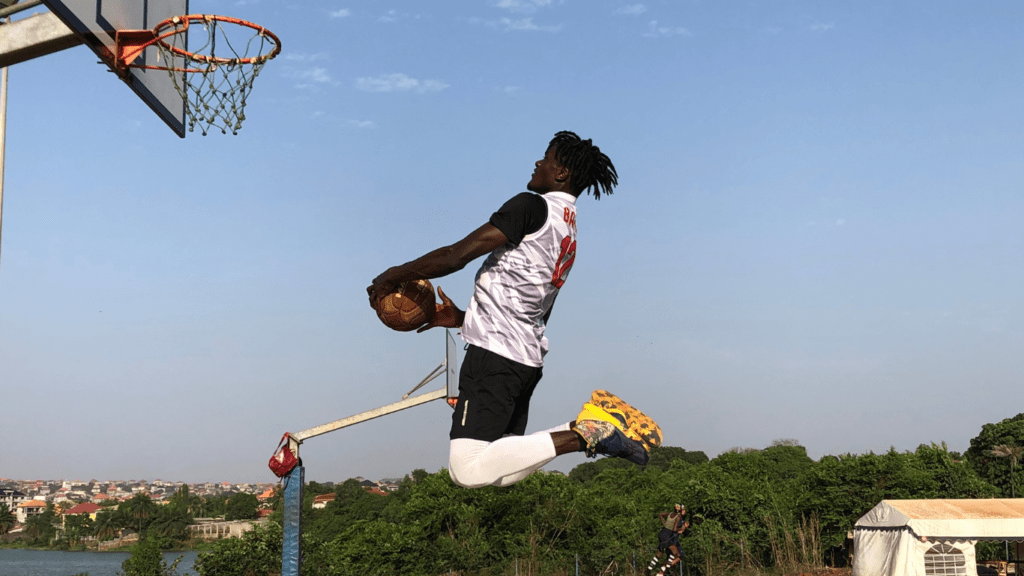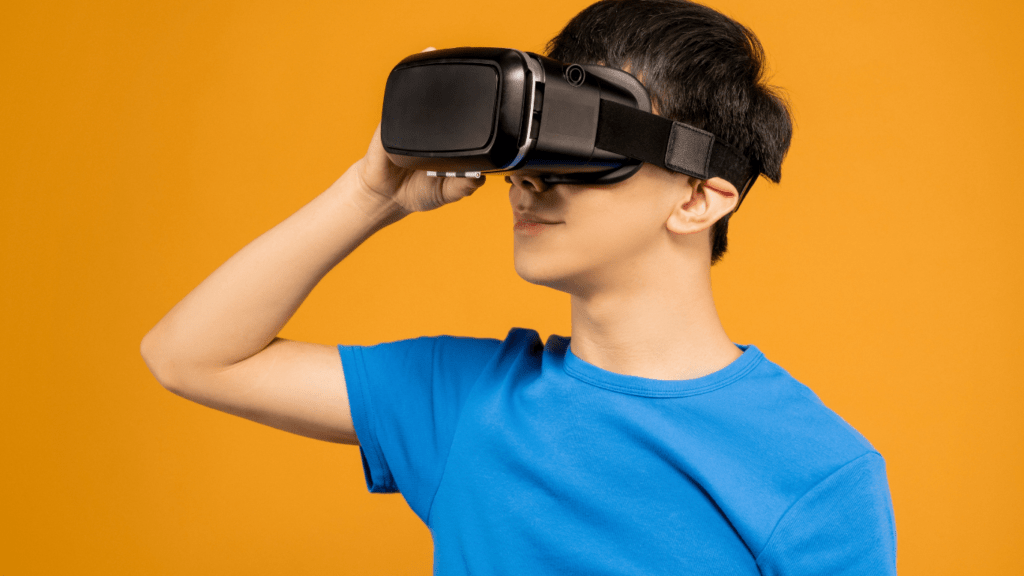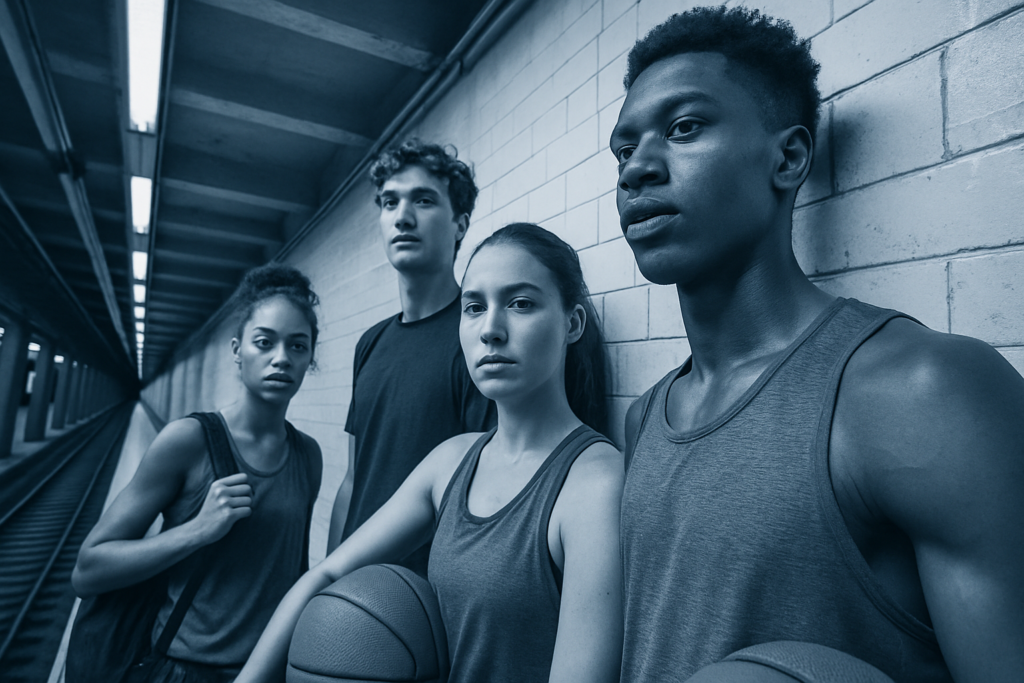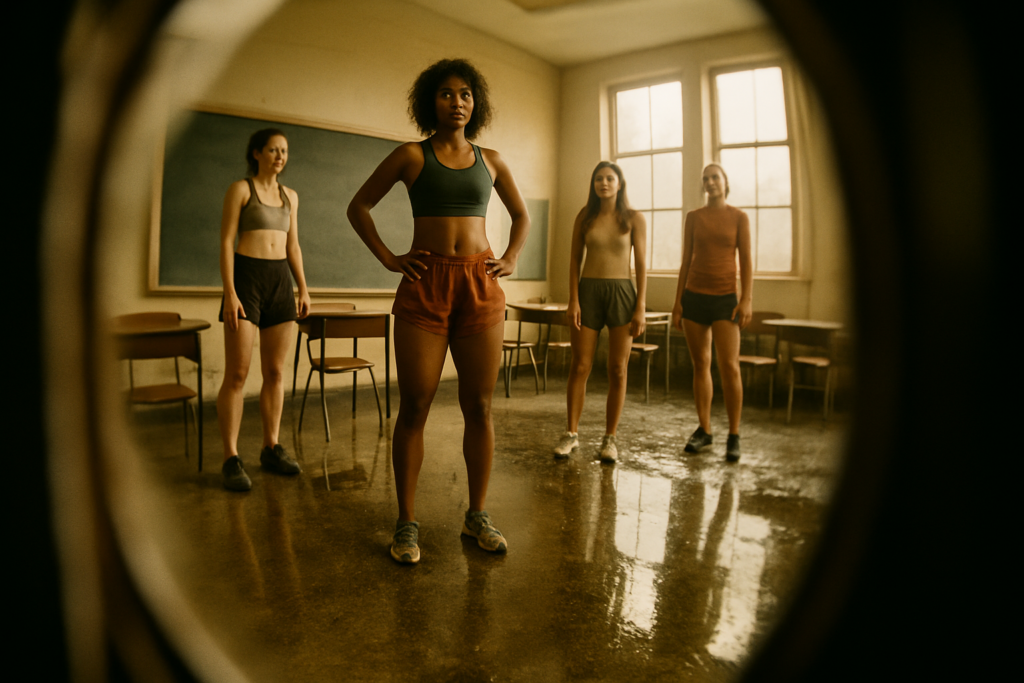The Impact of New Technology on Sports Training
Technology is propelling sports training into new dimensions. Wearable devices, including fitness trackers and smartwatches, capture real-time data on heart rate, calorie burn, and movement patterns. This information, analyzed by advanced software, provides athletes with insights into their physical status and allows for personalized training adjustments.
Virtual reality (VR) and augmented reality (AR) are also changing the game. Athletes use VR simulations to practice techniques in various scenarios without the need for physical exertion. AR overlays digital information on the real world, assisting in improving form and tactic visualization during drills.
AI-driven analytics offer another leap forward. AI models process complex datasets, identifying patterns that might go unnoticed by human eyes. This assists coaches in making informed decisions on training intensity, skill development, and injury prevention.
Injury prevention is seeing significant advancements too. Motion capture technology analyzes biomechanics in real time, identifying potential injury risks before they become issues. This promotes longevity and enhances athletic careers by reducing downtime.
Overall, these technologies redefine how athletes train, offering precision and optimizing every aspect of performance. Those leveraging these tools stay ahead in the competitive world of sports.
Wearable Technology in Sports
Wearable technology has transformed sports training by providing detailed insights into athlete performance. Devices like fitness trackers and smartwatches play a crucial role in tailoring workouts and preventing injuries.
Performance Tracking
I see wearable devices as invaluable tools for optimizing training regimens. They track metrics like heart rate, distance covered, and energy expenditure. For instance, these devices monitor cyclists’ cadence and runners’ pace, giving precise data that help refine athletic performance. By analyzing these metrics, coaches and athletes can identify strengths and areas for improvement, enhancing overall effectiveness.
Injury Prevention
I recognize that wearable tech excels at injury prevention by identifying early signs of strain or fatigue. Sensors embedded in clothing or gear capture biomechanical data, alerting athletes to potential issues. For example, a sudden increase in heart rate during a routine session might indicate overexertion. This data enables timely intervention to adjust intensity or technique. By doing so, athletes reduce the risk of injuries, leading to prolonged careers and consistent training progress.
Virtual Reality and Immersive Training

Virtual reality transforms how athletes train by creating realistic environments without physical constraints. This tech revolutionizes how skills are honed and strategies are developed.
Simulated Environments
VR facilitates the creation of simulated environments where athletes engage in sport-specific scenarios. These environments replicate real game conditions, allowing athletes to practice without the physical wear and tear of traditional methods. For instance, quarterbacks rehearse passing techniques amidst virtual defensive setups, enhancing their ability to read defenses and adapt plays in real-time. Such training fosters adaptability and confidence, crucial for peak performance.
Enhanced Decision-Making Skills
Immersive training hones athletes’ decision-making abilities by putting them in high-pressure virtual scenarios. Athletes practice quick judgment calls, improving reaction times and strategic thinking under stress. For example, point guards run complex plays in virtual arenas, refining their split-second decision-making. These sessions simulate game-day pressures, enhancing cognitive resilience. As a result, athletes make faster and more accurate decisions, translating to better in-game performance.
Data Analytics and Performance Enhancement
Data analytics transforms sports training by providing insights that boost performance and efficiency. By examining vast amounts of collected information, both athletes and coaches can develop targeted strategies for improvement.
Personalized Training Programs
Athletes now benefit from personalized training programs that data analytics generate. By analyzing individual performance metrics like:
- speed
- endurance
- recovery times
I can tailor routines to match specific strengths and weaknesses. This data-driven approach optimizes effort and ensures that training aligns with personal goals and capabilities. With access to this information, athletes stay engaged and motivated as they witness tangible progress in their performance.
Real-Time Feedback
Real-time feedback enhances an athlete’s ability to make immediate improvements during training sessions. By using tools that monitor various performance aspects like heart rate and movement efficiency, I gain instant insights into how to adjust techniques or strategies on the fly. This capability allows for quick adaptation to changing conditions, leading to faster skill development and improved overall performance. Real-time data not only helps refine existing abilities but also identifies potential issues before they become problematic, ensuring consistent and sustainable progress in sports training.
Artificial Intelligence in Sports Coaching
Artificial intelligence (AI) is transforming sports coaching by providing unparalleled insights and enhancing decision-making. By leveraging AI, coaches can make data-driven adjustments that maximize athlete performance.
Analyzing Player Performance
- AI analyzes vast datasets to assess player performance, offering detailed metrics beyond human capability.
- Performance indicators such as speed, accuracy, and endurance are tracked and compared to benchmarks.
- AI tools evaluate biomechanical and physiological data, identifying inefficiencies and suggesting corrections.
- A basketball player’s shooting motion can be optimized by analyzing joint angles and muscle engagement.
- This level of precise analysis helps tailor individual training regimens, leading to improved skills and minimized injury risks.
Developing Strategic Game Plans
AI aids in crafting intricate game plans by examining extensive game footage and statistical data. Patterns in opponent behavior are identified, enabling coaches to devise strategies that exploit weaknesses. AI predicts potential game scenarios, assessing probable outcomes and suggesting tactical adjustments. This enhances team adaptability and in-game decision-making. For example, soccer coaches utilize AI to analyze rival formations, ensuring defensive lines are positioned optimally. Through AI, strategic planning becomes a continuous, evolving process, integrating real-time intelligence for competitive advantage.





